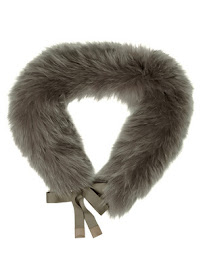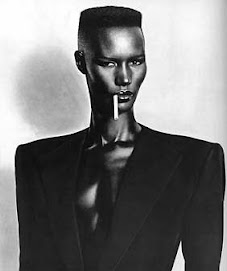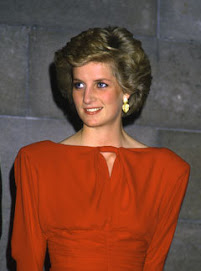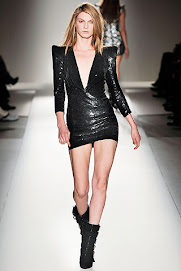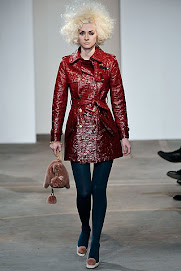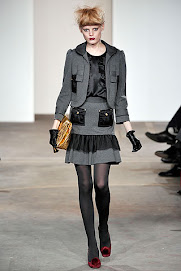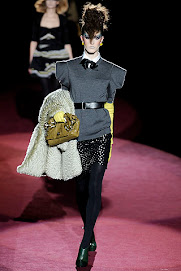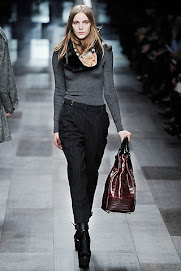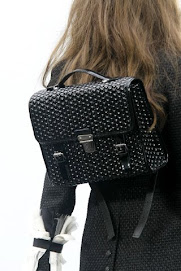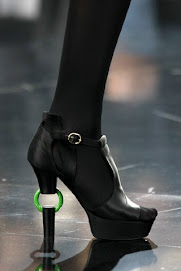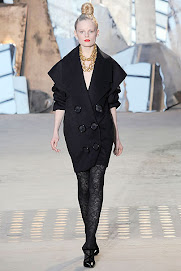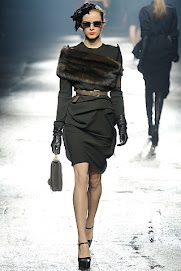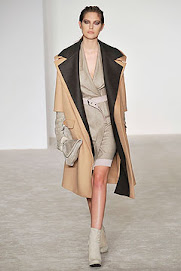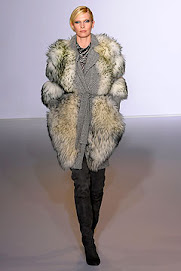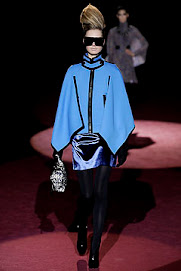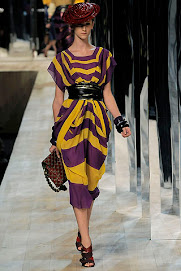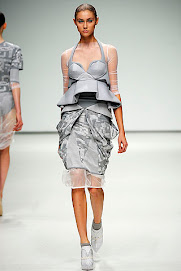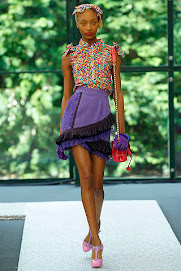(Picture take from People Tree website- IFAT members in Peru)
As everyone who lives in London may no; winter feels as if it is finally coming. As I walk the streets, the rapid cold brisk wind brushes through my hair and the sudden urge to go back home, light the fire and make a creamy hot chocolate is awfully tempting. But instead I find myself steeping into the Timberland store, glancing through the People Tree products. As I delicately put the knitted jumper up against my face in the mirror, I can’t help but feel the soft fine hand woven fabric stroke my skin.
The People Tree products which are sold in Equa Clothing Ltd, Timberland, Topshop, Finnesse Life Style and It’s A Great Thing are very popular amongst their customers and by looking through the collection, you can easily see why. Each product is exclusive, original and unique as it is developed by the people who live in developing countries. And by People Tree giving the people in these countries the ability to work for what they like doing (with equal and fair opportunities), gives them the chance to afford the basic rations, food and water for themselves and their families.
Looking through the People Tree collection made me think about The Ethical Fashion Show which has recently passed in France. The 4-day event featured designers such as Isobel Lare and Emmeline Child, clothing by Le Queue du Chat and fair trade bags by Coll.Part, showcasing their take on eco fashion, while the Brazillan company Nahui Ollin produced their collection of exclusive recycled bags. It made me think about the purpose of fashion today; fashion is slowly moving on from being a fashion statement of wealth and power, but it is moving towards the essence of helping people through the clothes we wear.
As I said previously, the word designer doesn’t have the same meaning as it used to. Is the exclusivity of wearing something with a designer label printed on it is simply fading. The reality simply is, we are focusing more on improving the world we live in- as a society we are trying to help important causes throughout the world.
People Tree mission statement-
"To use Fashion as a tool to help the world’s marginalized people."
Last week when I went to Equa Boutique, to follow up on People Tree, i discovered that the whole store only stocked clothes which were produced under the principles of fair trade, providing total ethical fashion collections. Ethical designer labels such as Ciel, Edun, Loomstate and Delforte denim are stocked there, and many more, some I haven't even heard of.
As I browsed through the small boutique, spending most of my time looking through the Ciel collection, I was amazed how soft, delicate, and elegant all the pieces were. I distinctly remember the Ciel Cami dress in Red. The stunning silk ruby red dress, with simple adjustable straps; details of fine stitching and a delicate fabric which would simply drape over your body, was the best piece I found in the store. Priced at 170.00 I thought this garment was well worth the price- and even more so, because of its cause.
The boutique based in Islington was the best boutique I have discovered on my search so far. Along with the great service I recieved from the staff, I was able to proclaim my passion for fashion in many great collections, which was beyond a statement of power and wealth but for the good of the people.





